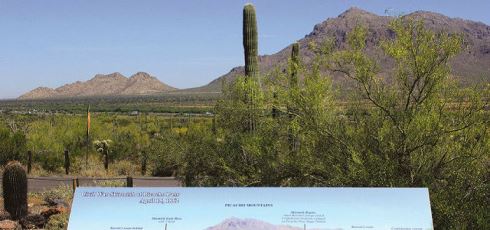At Picacho Peak State Park in southern Arizona, a Civil War clash is not only remembered but is re-enacted each year.
By Ronald D. Kness
February 2016
The Battle of Picacho Pass is best described as a skirmish when compared to other, large-scale engagements of the Civil War. But it does hold the distinction of being the westernmost fight in the war, and the losses were no less devastating to the soldiers’ families than they were for families of men killed in larger battles east of the Mississippi.

